



















Ray Watts - My ATC memories (part 3o
By Ray Watts
Google Banner Ad


The Court Helicopter's Sikorsky S55s Altimeter
Way back in the series I mentioned that we'd "borrowed" an altimeter from one of Court Helicopter's Sikorsky S55s that were stored at Grand Central. I knew I had a photo of it somewhere and finally found it on my external hard drive. I took it out of the aircraft and it was calibrated by the guys at Grand Central Airways workshops. This altimeter served in the tower for many, many years and was only retired when the new tower building was built. I always felt guilty about taking this altimeter and admitted it to the Court Helicopter representative one day and offered to pay for it - he said he hadn't seen that it was missing and as long as I bought the beer that night, he would continue to "not see that it was missing."
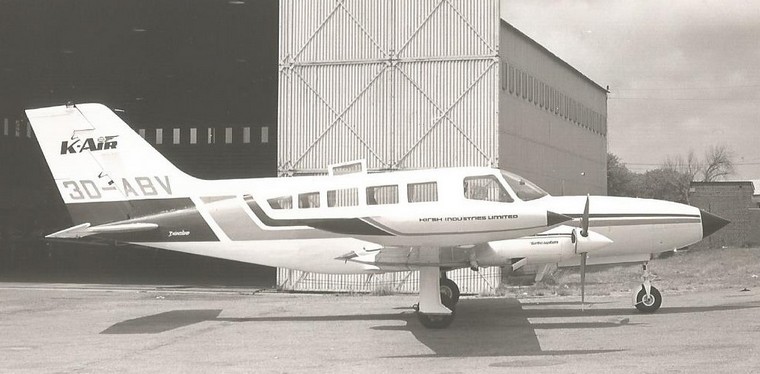
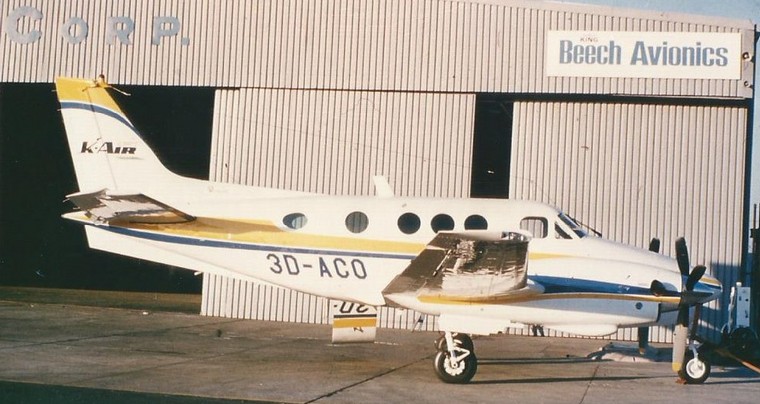
Kirsh Industries were a large company of financial brokers who, although based in South Africa, operated throughout Southern Africa. In the Apartheid days, South African registered aircraft were not allowed into many of our neighbouring countries such as Zimbabwe, Mozambique and Zambia. Thus, Kirsh Industries, like many other large corporations, registered their aircraft in Swaziland. Kirsh Industries formed a company, K-Air, to operate their aircraft and when not in use by Mr Kirsh, they were available for charters. Their chief pilot was Richard Pringle (known as Dick Pringle) and he was the person I got to deal with most often. Sol and Anneline Kerzner were regular passengers out of Grand Central for Sun City. I remember one afternoon Mr Kerzner came to the tower and asked if their aircraft was inbound from Rand (where the aircraft were based) as it was late. I hadn't heard from the aircraft so phoned the tower at Rand. I was informed that they were taxying out and would be airborne shortly. Sol Kerzner was not happy with this.
Google Banner Ad
The reason behind the aircraft being late was that Dick had flown a mercy flight to Nelspruit and was a bit late getting back. Once this was explained to Mr Kerzner, he calmed down. Talking of not being punctual, Anneline was notorious for being late and the folks at K-Air overcame this by giving her a departure time that was at least 45 minutes earlier. It worked. One could often hear her Ferrari roaring through Halfway House on her way to the airport. Dick was forced to stop flying a few years later when he had a stroke. However, not even a stroke could keep him off the golf course and he played regularly at Germiston.
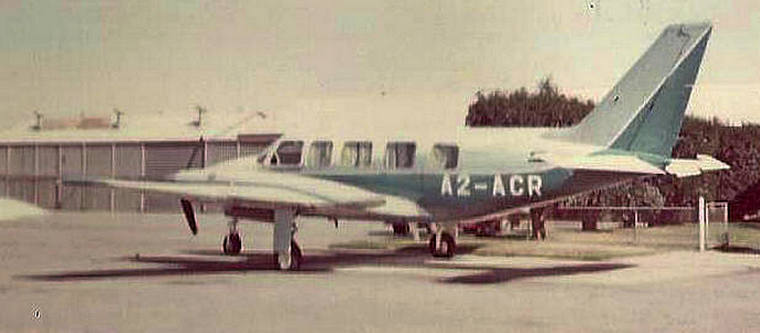
A2-ACR ex ZS-PYP
Our working relationship with the local Police in Halfway House was fantastic and the rapport was great - they were always willing to help with any situation that might occur.
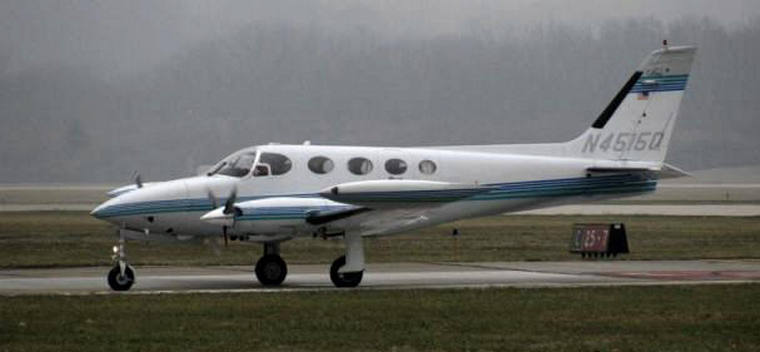
N4515Q ex ZS-MSF
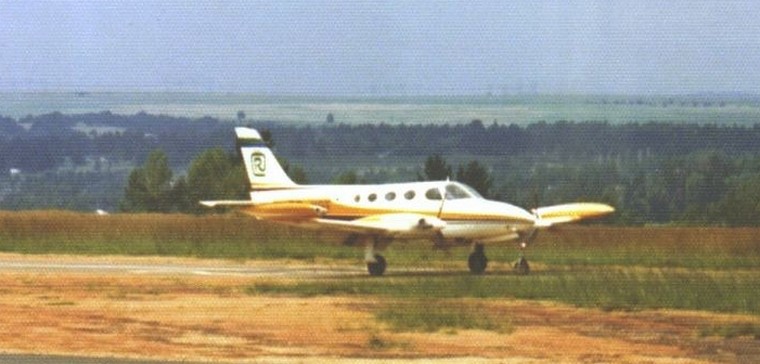
ZS-MSF
This Cessna 340 used to be ZS-MSF and she belonged to Dr Micky Finn. She was operated by Rennies Air for quite a while, but was not very popular with the passengers as it was a bit cramped inside. The C340 was definitely more of a privately operated aircraft rather than a charter aircraft. When Dr Finn's son Barry, who also worked in the tower for a short time, emigrated to the USA in 1977, he took the C340 with him and she's still owned by the family.
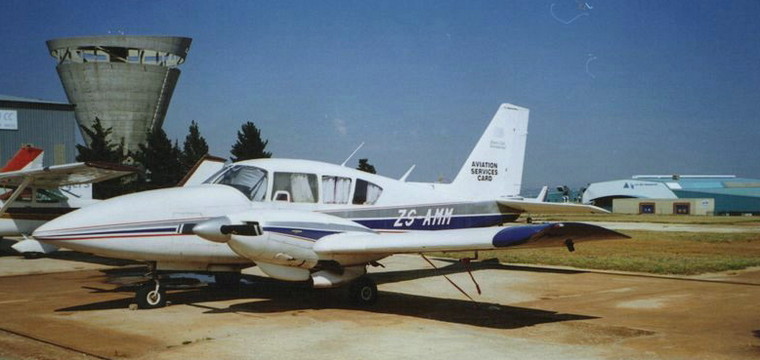
This Aztec used to belong to Associated Manganese Mines and was based at Tommy's Field (near Postmasburg) in the Northern Cape but visited us regularly, at least twice a week. This photo was taken by me many years after I'd left Grand Central in June 2012.
This photo was the last one taken of her before she crashed on take-off from a private strip in Limpopo, killing all six people onboard. The story went that there were six men on board as well as the meat that they'd hunted and their baggage. Rumour had it that she was heavily overloaded. Such a pity because she was rather a nice old girl.
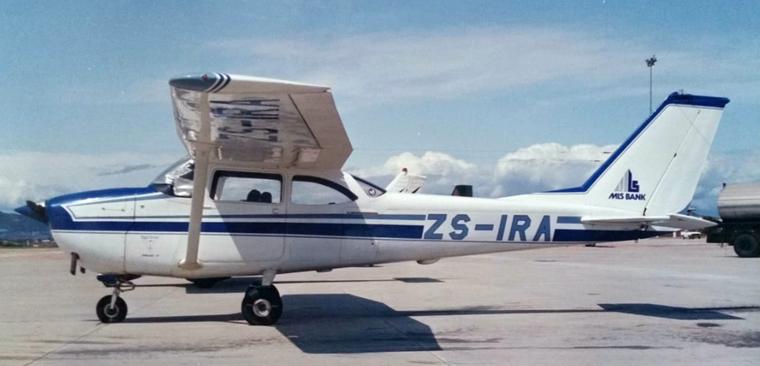
I've mentioned Frau Ingrid Adolphs before. She was an ex-Luftwaffe instructor, held a South African Grade 2 instructor's rating and was very strict. She was one of my instructors and I learned a lot from her including, one day, when she placed a large envelope over the panel in front of me and told me to land the aircraft without reference to any instruments. Not easy for a student pilot but it certainly made me concentrate very hard on everything.
This Cessna 172 was hers and she used to lease it to Placo GC for folks who wanted to fly a C172. She would insist on doing the pilot's conversion herself and also check out any rated pilot who wanted to fly the aircraft.
Google Block Ad
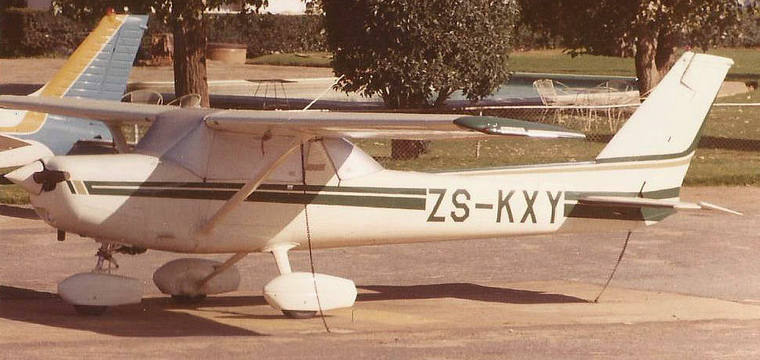
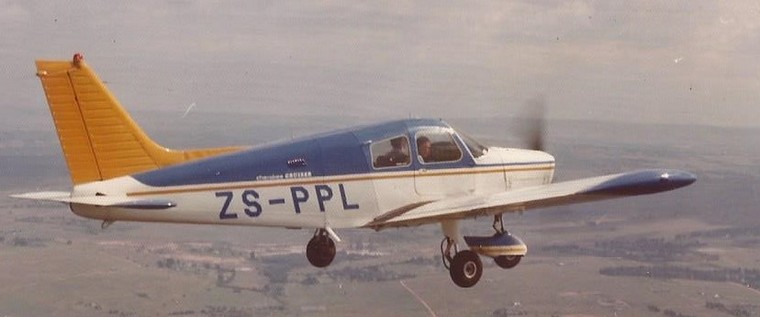
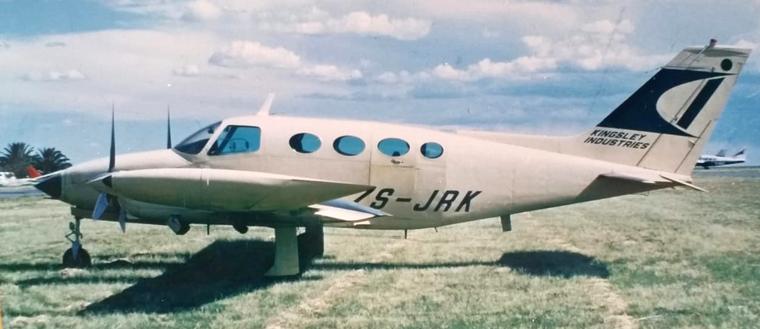
Google Block Ad
Thunderstorms
Part of the life of an ATC is looking out for thunderstorms and trying to predict which way they were travelling. Typical afternoon thunderstorms at Grand Central used to form up in the southwest and come in from that area. The runway layout wasn't ideal for this approach as it caused crosswinds. As the storms approached, the runway in use would have to be changed to Rwy 17 as the wind would be coming from about 210 deg. The trees off the end of the runway, but on the other side of the Old Pretoria Rd, caused quite a bit of turbulence on short finals and then the trees that were planted along the airport entrance road effectively blocked the wind. You would thus be correcting for the crosswind all the way down final approach until you were about 15 feet off the runway when, all of a sudden, there was no wind. It made for some hairy approaches and hard landings I can tell you.
More next month.
Google Banner Ad
www.youtube.com/channel/UCCuRVZAGodT6sztTeXBGeMw
and subscribe to our YouTube channel
 |
 |
 Copyright © 2024 Pilot's Post PTY Ltd
The information, views and opinions by the authors contributing to Pilotís Post are not necessarily those of the editor or other writers at Pilotís Post.
Copyright © 2024 Pilot's Post PTY Ltd
The information, views and opinions by the authors contributing to Pilotís Post are not necessarily those of the editor or other writers at Pilotís Post.